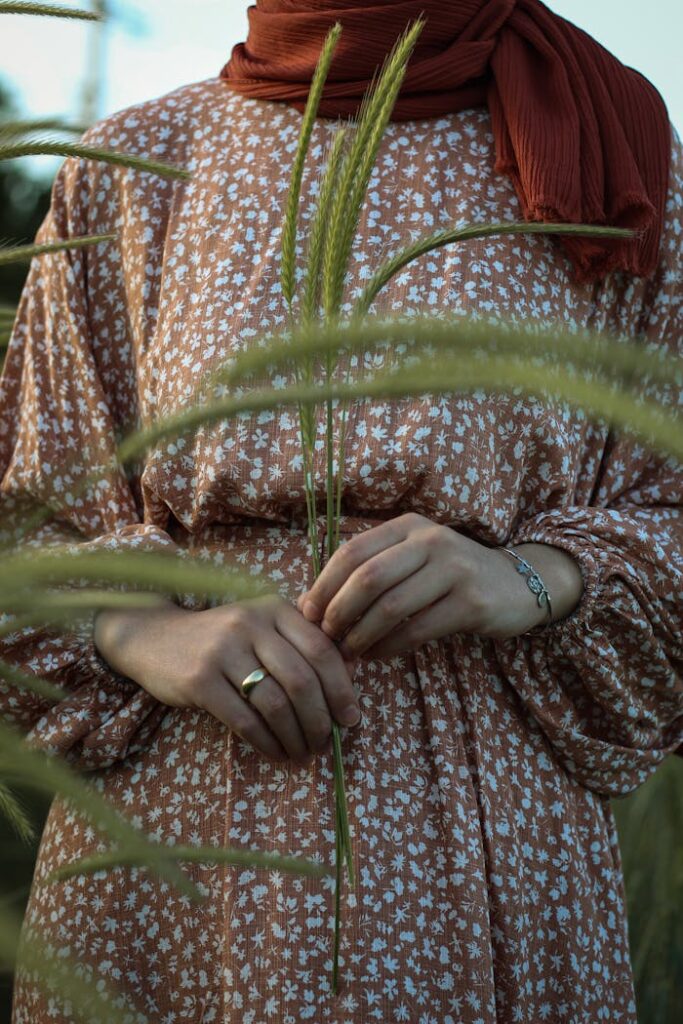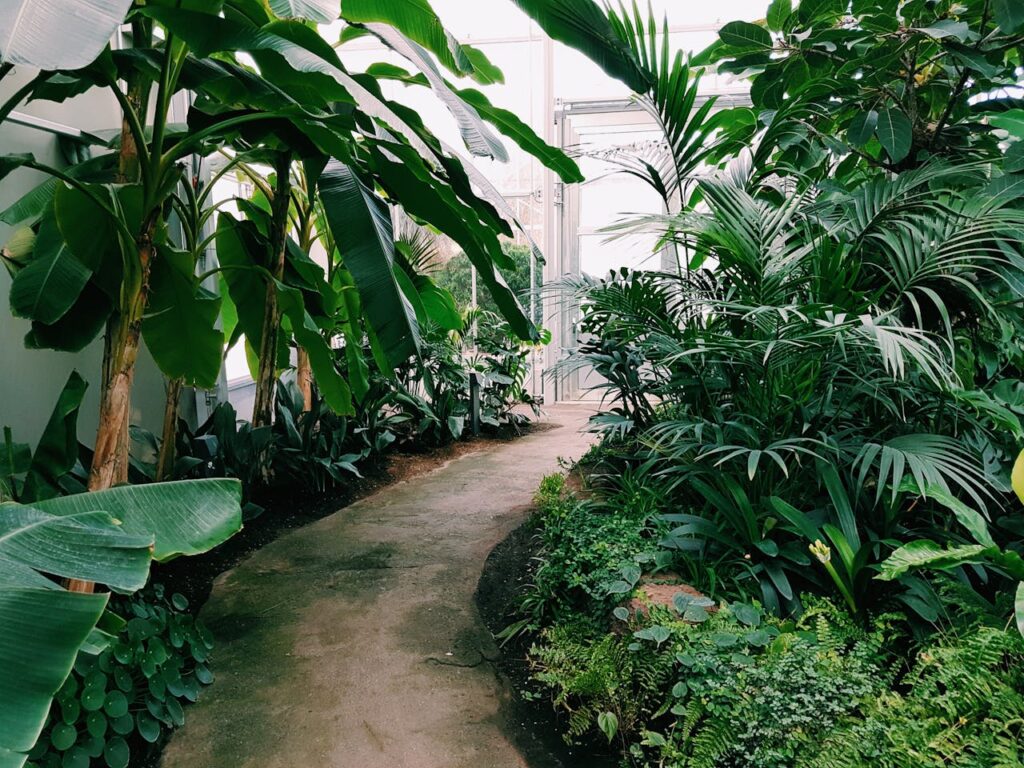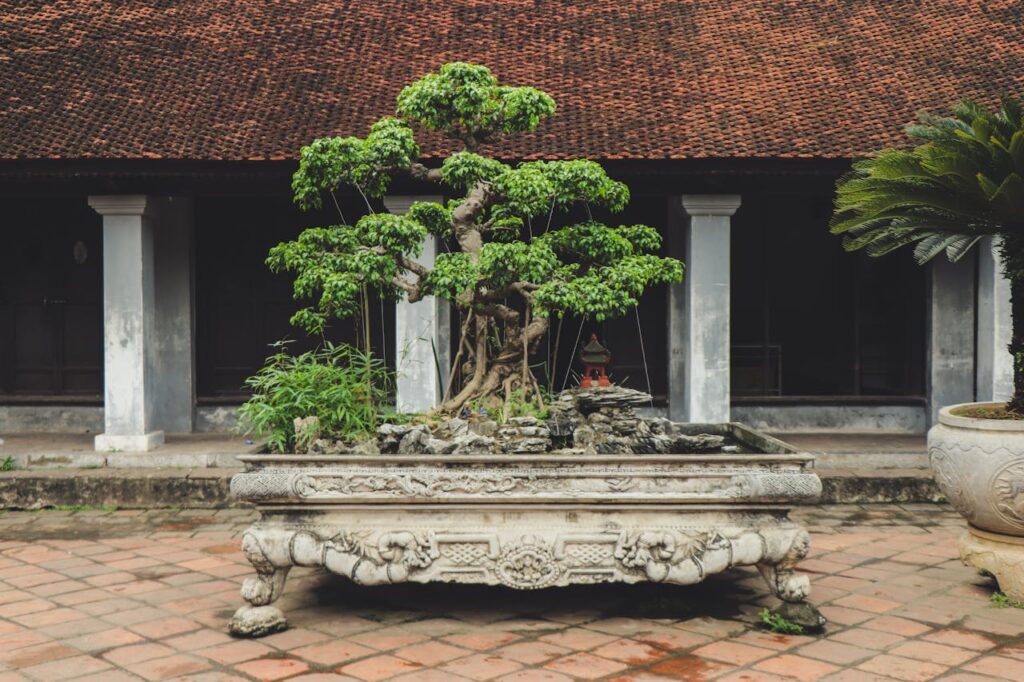Table of Contents
Native plant gardening has gained significant popularity in recent years, and for good reason. Incorporating indigenous plant species into your landscape not only creates a beautiful, unique garden but also supports local ecosystems and wildlife. This comprehensive guide will explore how to effectively use native plants in your garden design, providing you with the knowledge and inspiration to create a stunning, sustainable outdoor space.
Introduction to Native Plant Gardening
Native plants are species that have evolved naturally in a particular region over thousands of years. These plants are adapted to local climate conditions, soil types, and wildlife, making them an excellent choice for sustainable garden design. The benefits of using native species in your garden are numerous:
- Low maintenance: Native plants require less water, fertilizer, and pest control once established.
- Support for local wildlife: Indigenous plant species provide food and habitat for native birds, insects, and other animals.
- Increased biodiversity: Native plant gardens help preserve and restore local ecosystems.
- Water conservation: Many native plants are drought-tolerant and require less irrigation.
- Reduced environmental impact: Native gardens don’t require harmful pesticides or excessive fertilizers.
Understanding Your Local Ecosystem
Before you begin planning your native plant garden, it’s crucial to understand your local ecosystem. Research native plant species that are indigenous to your area. Local native plant societies, botanical gardens, and university extension offices are excellent resources for this information.
Identifying your hardiness zone is also essential. This will help you choose plants that can withstand your local climate conditions. The USDA Plant Hardiness Zone Map is a valuable tool for this purpose.
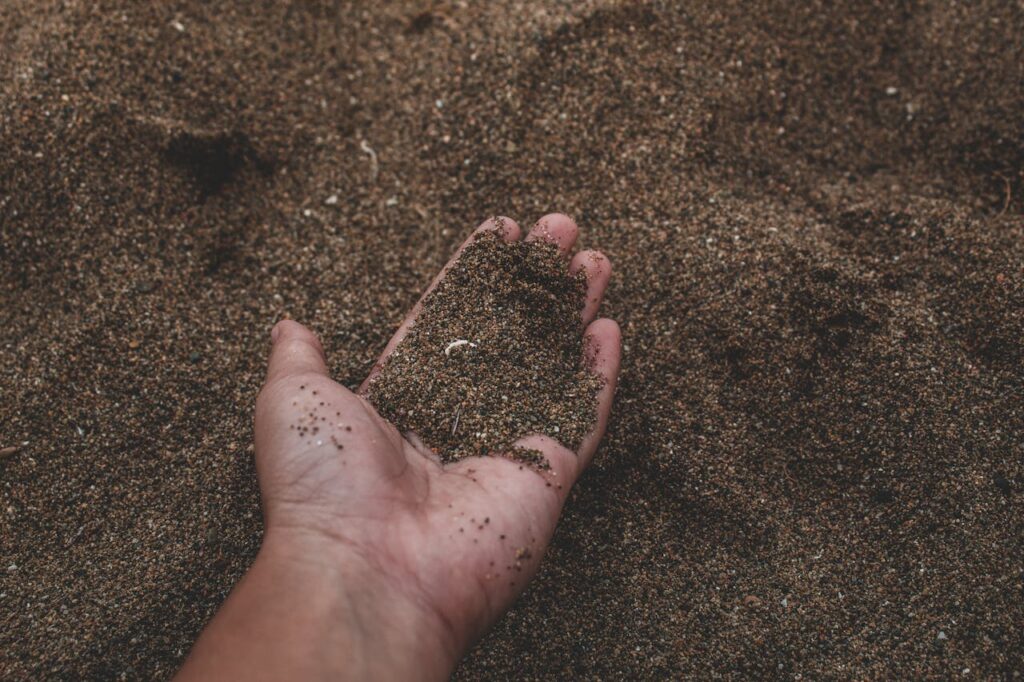
Planning Your Native Garden
Assessing your garden conditions is the first step in planning your native plant garden. Consider factors such as:
- Soil type and pH
- Light conditions (full sun, partial shade, full shade)
- Moisture levels
- Existing vegetation
- Topography
Creating a design layout is the next crucial step. Consider the overall style you want to achieve, whether it’s a formal garden, a naturalistic woodland setting, or a prairie-inspired landscape. Sketch out your ideas, keeping in mind the mature sizes of the plants you’re considering.
Choosing Native Plants for Different Purposes
Native plants can serve various purposes in your garden design:
- Groundcovers and lawn alternatives: Native ground covers like wild ginger, creeping phlox, or sedges can replace traditional turf grass, reducing maintenance and water needs.
- Perennials for color and texture: Native wildflowers such as coneflowers, black-eyed Susans, and blazing stars provide vibrant colors and attract pollinators.
- Shrubs for structure and privacy: Native shrubs like viburnum, elderberry, or serviceberry offer structure, privacy, and food for wildlife.
- Trees for shade and habitat: Native trees such as oak, maple, or dogwood provide shade, fall color, and crucial habitat for birds and other wildlife.
Native Plants for Specific Garden Styles
Native plants can be incorporated into various garden styles:
- Woodland gardens: Create a serene woodland retreat using shade-tolerant native plants like ferns, trilliums, and woodland phlox.
- Prairie or meadow gardens: Design a low-maintenance, drought-tolerant landscape using native grasses and wildflowers typical of prairie ecosystems.
- Rain gardens: Utilize native plants that can tolerate both wet and dry conditions to manage stormwater runoff naturally.
- Rock gardens: Incorporate drought-resistant native succulents and alpine plants for a unique, low-maintenance rock garden.
Incorporating Native Plants in Traditional Landscapes
You don’t need to completely overhaul your existing garden to incorporate native plants. Start by mixing natives with non-natives in your current beds. Use native species to create focal points or to replace high-maintenance exotic plants.
Native Plants for Wildlife Gardens
One of the greatest benefits of native plant gardening is its ability to support local wildlife:
Attracting pollinators: Plant native flowers like milkweed, asters, and goldenrod to attract bees, butterflies, and other important pollinators.
Supporting local bird species: Berry-producing shrubs and trees provide food for birds, while dense foliage offers nesting sites.
Creating habitats for beneficial insects: Many native plants support beneficial insects that help control garden pests naturally.
Seasonal Considerations for Native Plant Gardens
A well-designed native plant garden offers interest throughout the year:
- Spring bloomers: Early-blooming natives like Virginia bluebells, trilliums, and dogwoods welcome the new growing season.
- Summer color: Coneflowers, black-eyed Susans, and native grasses provide vibrant summer interest.
- Fall foliage: Many native trees and shrubs offer spectacular fall color, including maples, oaks, and sumacs.
- Winter interest: Evergreen natives, interesting bark textures, and plants with winter berries keep the garden engaging during colder months.
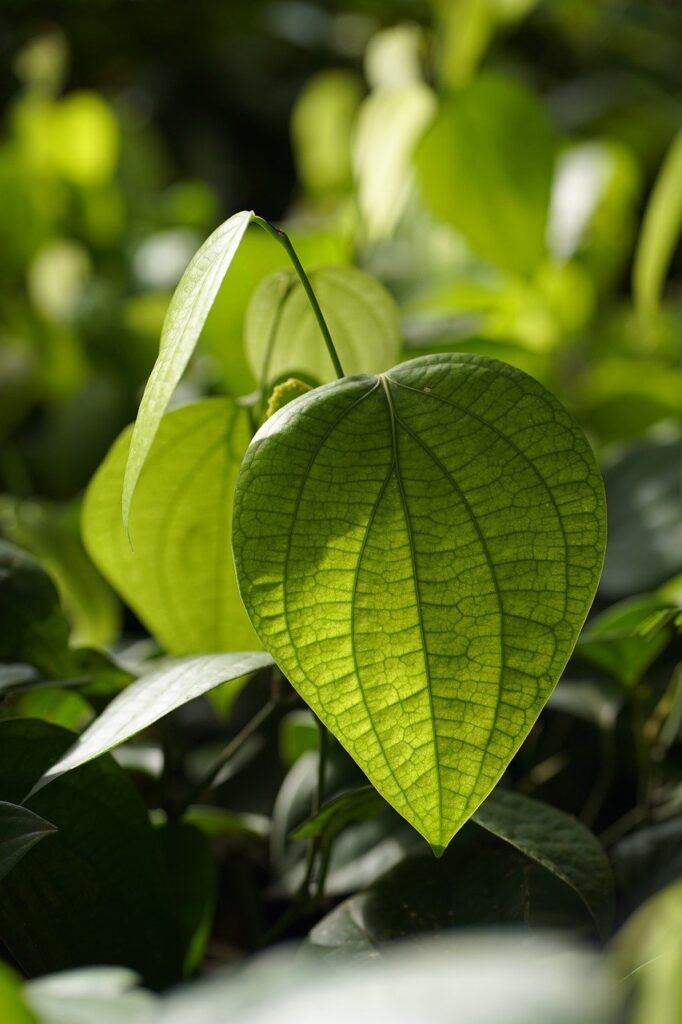
Maintenance of Native Plant Gardens
While native plants are generally low-maintenance, they still require some care:
- Watering requirements: Most native plants need regular watering until established. After that, they typically require less water than non-native species.
- Pruning and deadheading: Some native plants benefit from occasional pruning to maintain shape and encourage blooming. Deadheading can prolong the flowering period for many species.
- Managing pests naturally: While native plants are generally more resistant to local pests, they’re not immune. Encourage natural predators and use organic pest control methods when necessary.
Propagation and Sourcing of Native Plants
Growing native plants from seeds can be a rewarding and cost-effective way to populate your garden. Many native species also propagate well through division or cuttings.
When purchasing native plants, seek out reputable native plant nurseries. These specialized nurseries often offer a wider variety of native species and can provide valuable advice on plant care and placement.
Overcoming Challenges in Native Plant Gardening
While native plant gardening offers many benefits, it’s not without challenges:
Dealing with aggressive native species: Some native plants can spread aggressively. Research plant behavior and use barriers or regular maintenance to keep them in check.
Balancing aesthetics with ecological benefits: Some native plants may have a “wild” appearance that doesn’t suit everyone’s taste. Careful design and plant selection can help create a more manicured look while still using native species.
Future of Native Plant Gardening
As we face increasing environmental challenges, native plant gardening is likely to become even more important. Emerging trends include:
- Increased focus on climate-adapted native species
- Use of native plants in green infrastructure projects
- Integration of native plants in urban farming and food forests
Adapting to climate change will be a crucial aspect of future native plant gardening. Gardeners may need to consider plants from slightly warmer regions as temperatures rise in many areas.
Conclusion
Incorporating native plants into your garden design offers a multitude of benefits, from supporting local ecosystems to creating a unique, low-maintenance landscape. By understanding your local native plant communities, carefully planning your garden, and selecting the right plants for your conditions, you can create a beautiful, sustainable outdoor space that connects you with nature and supports local wildlife.
Remember, transitioning to a native plant garden doesn’t have to happen overnight. Start small, perhaps with a native plant border or a dedicated native plant bed. As you become more familiar with these plants and their benefits, you can gradually expand your native plant areas.
Embrace the beauty and ecological value of your local flora, and watch as your garden becomes a thriving ecosystem, buzzing with life and changing with the seasons. Native plant gardening is more than just a landscaping trend – it’s a way to actively participate in local conservation efforts right in your own backyard.
Whether you’re a seasoned gardener or a beginner, the world of native plant gardening offers endless opportunities for learning, creativity, and connection with nature. So why not start your native plant journey today? Your local ecosystem – and your garden – will thank you.
